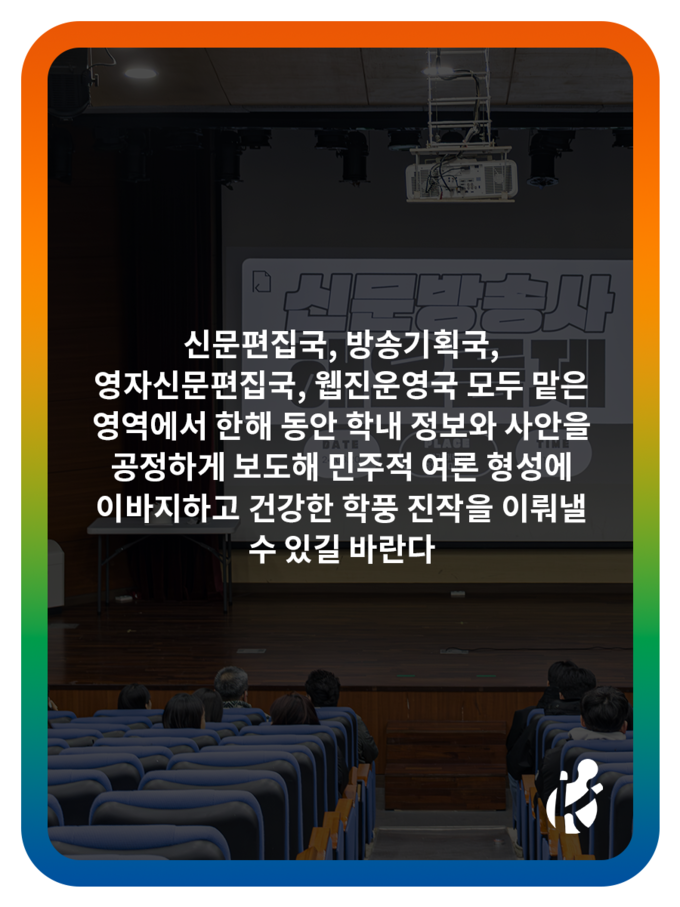Traces of life, such as books and notes for employment, are commonly found in the event of solitary deaths. Solitary death means when someone who lives alone, disconnected from other people, ends their life without anyone knowing. Solitary deaths are usually associated with elderly people living alone, but the rate of solitary deaths among young people has increased, making it a social issue. Currently, young people, who are most actively engaged in social exchanges in Korea, are dealing with the phenomenon of solitary death. In December 2023, there was a survey on youth policies and issues. The deterioration of youth economic life and environmental conditions ranked as the most serious issue at 41.2%. There is a widespread social atmosphere in which the future of young people is considered dark. Youth solitary death occurs steadily every year and mainly happens to young people who are alienated from society. They were people who lived alone before their death. According to the National Statistical Office, people in their 20s accounted for the largest number of single-person households with 19.1 percent in 2020, followed by those in their 30s with 16.8 percent. Single-person households are accompanied by various difficulties in society. According to the Statistical Office, the difficulties of single-person households include difficulty in eating regularly (42.4%), difficulty in coping with illness or emergency (30.9%), household difficulties (25%), economic anxiety (19.5%), and loneliness due to isolation (18.3%). The ever-increasing difficulties in single-person households are increasing the risk of solitary death.
Solitary death is often the result of disease in older people, but young people’s solitary death often happens due to suicide. According to the National Statistical Office, the suicide rate in young people increased from 19.4 in 2012 to 23.5 in 2021. In addition, the Ministry of Health and Welfare’s press release “Release of the 2022 Solitary Death Survey Results” showed that the proportion of suicide deaths among solitary deaths from 2017 to 2021 found that more than 50% were people in their 20s. Youth often blame themselves for their family, financial, and situational problems. One such situation is when youth are exposed to a self-destructive environment while blaming their own incompetence. They blame themselves for the negative experiences they have experienced in life and enter a deep vicious cycle.

The reason for youth solitary death is lack of self-esteem. Because of failure in business, deterioration of health, and financial difficulties, people end up dying alone as a result of their depression. However, it’s a fact that youth solitary death cannot be treated simply as an accident caused by an individual’s depression because there is an epidemic of social alienation, disconnection, and indifference around young people. In other words, social problems are causing young people to fall into a swamp of solitary death. The first social problem that leads to youth suicide is unemployment, which is a serious issue these days. In the post-COVID world, existing jobs have disappeared due to changes in workplaces and industries. In addition, the number of employment positions is decreasing gradually every year. The brutal reality that young people need more effort than expected to achieve their dreams makes them hopeless.
The second issue is financial problems. The majority of victims of solitary death are recipients of basic living stipends, showing that they faced economic difficulties. In addition, most of the youth who tried to solve problems through poor decisions such as gambling choose suicide because they can’t find a way to escape. How does society deal with young people who are in danger of solitary death? Sadly, there are not systemic policies that provide support for the socially and economically vulnerable. There are some policies which improve quality of life, but they don’t substantially help young people because they are based on statistical data. Rather than young people choosing to die alone, they are forced to die because of hopeless reality.
The last reason is the lack of social solidarity. Due to COVID-19, the strengthened individualistic social atmosphere and the loss of social solidarity have led to the loss of a place for young people to rely on, leading to a sense of social isolation. As of 2021, more than 200 people die alone every year. Young people who feel social isolation, psychological pressure, and social guilt due to employment difficulties, economic poverty, and failed relationships commit suicide. Social solidarity is needed to prevent young people from solitary death. Modern society is dominated by individualism, not solidarity. If an atmosphere encouraging solidarity is formed in our society, it can help marginalized young people.
Young people are trying to endure their lonely lives, and society needs to pay more attention to the difficulties of young people. By 2027, the Korean government decided to actively support those at risk of solitary death with the goal of reducing the number of solitary deaths by 20% per 100 total deaths. It is time for efforts to solve the problem of youth solitary death. About 6.3 percent of all solitary deaths are people in their 20s. This may seem like a small number, but it is bad that young people who will lead our society and take responsibility for the future are in danger of solitary death. Solitary deaths don’t just happen to some special people; they can happen to anyone, including people you may know. This is no longer an individual problem, but a problem that the state and society must work hard to solve.
77th Reporter • JOE YEON WOO • amyjoe0213@naver.com
80th Reporter • CHOI JUN HONG • chloi0058@naver.com
- TAG
-
 Shall We Dance?
There are moments that you want to get away from. Sometimes life is overwhelming and you might think that you’re too fragile. Due to personal reasons, I felt like that while working on this issue. Although I felt helpless, somehow I got over it. You control your own life. Your society is where you belong. You should take responsibility for your life and society and take good care of yourself. What I tried not to forget is this quote by Viv...
Shall We Dance?
There are moments that you want to get away from. Sometimes life is overwhelming and you might think that you’re too fragile. Due to personal reasons, I felt like that while working on this issue. Although I felt helpless, somehow I got over it. You control your own life. Your society is where you belong. You should take responsibility for your life and society and take good care of yourself. What I tried not to forget is this quote by Viv...

 [심층보도] 캠퍼스타운, 본교 발전의 초석 될까
[심층보도] 캠퍼스타운, 본교 발전의 초석 될까
 [와이파이] 성인 엑스포, 단순 행사인가 유사 성매매인가
[와이파이] 성인 엑스포, 단순 행사인가 유사 성매매인가
 [방구석 시사회] ‘괴물 형사’ 마석도, 네 번째 진실의 방으로
[방구석 시사회] ‘괴물 형사’ 마석도, 네 번째 진실의 방으로
 [진리터] 우후죽순 발생하는 이슈, 관심으로 찾을 수 있는 권리
[진리터] 우후죽순 발생하는 이슈, 관심으로 찾을 수 있는 권리

 목록
목록



















